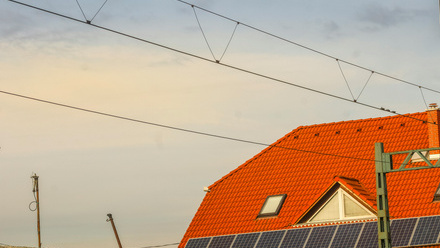LETI publish blueprint for retrofitting UK's homes to meet climate emergency
The publication provides guidance on how those targets can be achieved through energy efficiency measures and heat pumps. LETI defines retrofit specifications for four primary housing types (mid-terrace, semi-detached, detached, apartment) and provides advice on how to meet those specifications.
It is widely accepted that retrofitting existing buildings is critical for the UK to be zero carbon by 2050. Around 18% of annual national CO2 emissions come from existing homes.
LETI has gathered over a hundred retrofit experts from across the construction industry to agree on how to retrofit existing domestic buildings so that they meet our future needs.
The Climate Emergency Retrofit Guide sets out what good retrofit looks like for existing homes. LETI defines space heating and energy use requirements – targeting a 60-80% reduction in total energy consumption for the average UK home. These targets have been determined through a combination of practical experience and understanding of what measures are realistically achievable, informed by a national housing stock model to examine issues such as renewable energy provision and grid capacity, say LETI.
The guide points out the potential risks of poor retrofit and advises on how to deliver efficient, resilient, and healthy homes. LETI say good retrofit can bring multiple environment, social and economic benefits but this requires a whole-house approach and a shift from fossil fuels to electricity for heating and hot water.
Antonia Khayatt from LETI said: "Retrofitting buildings to be more energy efficient doesn't just reduce carbon emissions and energy bills. It can improve comfort and health, create jobs and reduce fuel poverty. It can also reduce the demand on and costs to the UK's energy infrastructure. This guide explains these issues and shows how taking the LETI approach to retrofit will help us enjoy these broader benefits."
This publication follows LETI's Climate Emergency Design Guide in 2020, which outlined requirements for new buildings to ensure climate change targets are met.
The cross-industry guide, published by LETI, is backed by professional institutions and organisations including the Royal Institute of British Architects (RIBA), the UK Green Building Council (UKGBC) and the Better Building Partnership (BBP).
The guide is available to download for free from www.leti.london/retrofit




